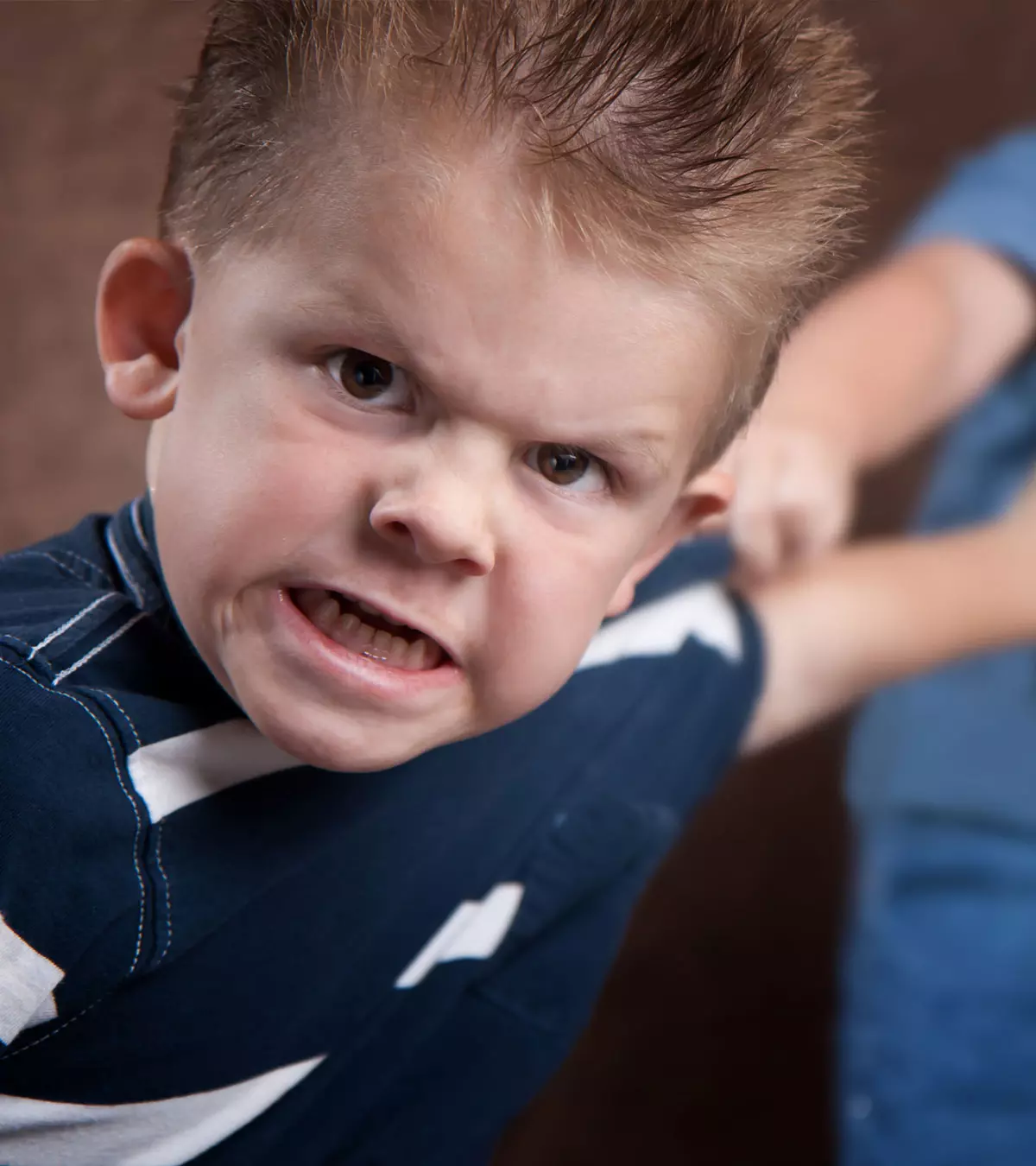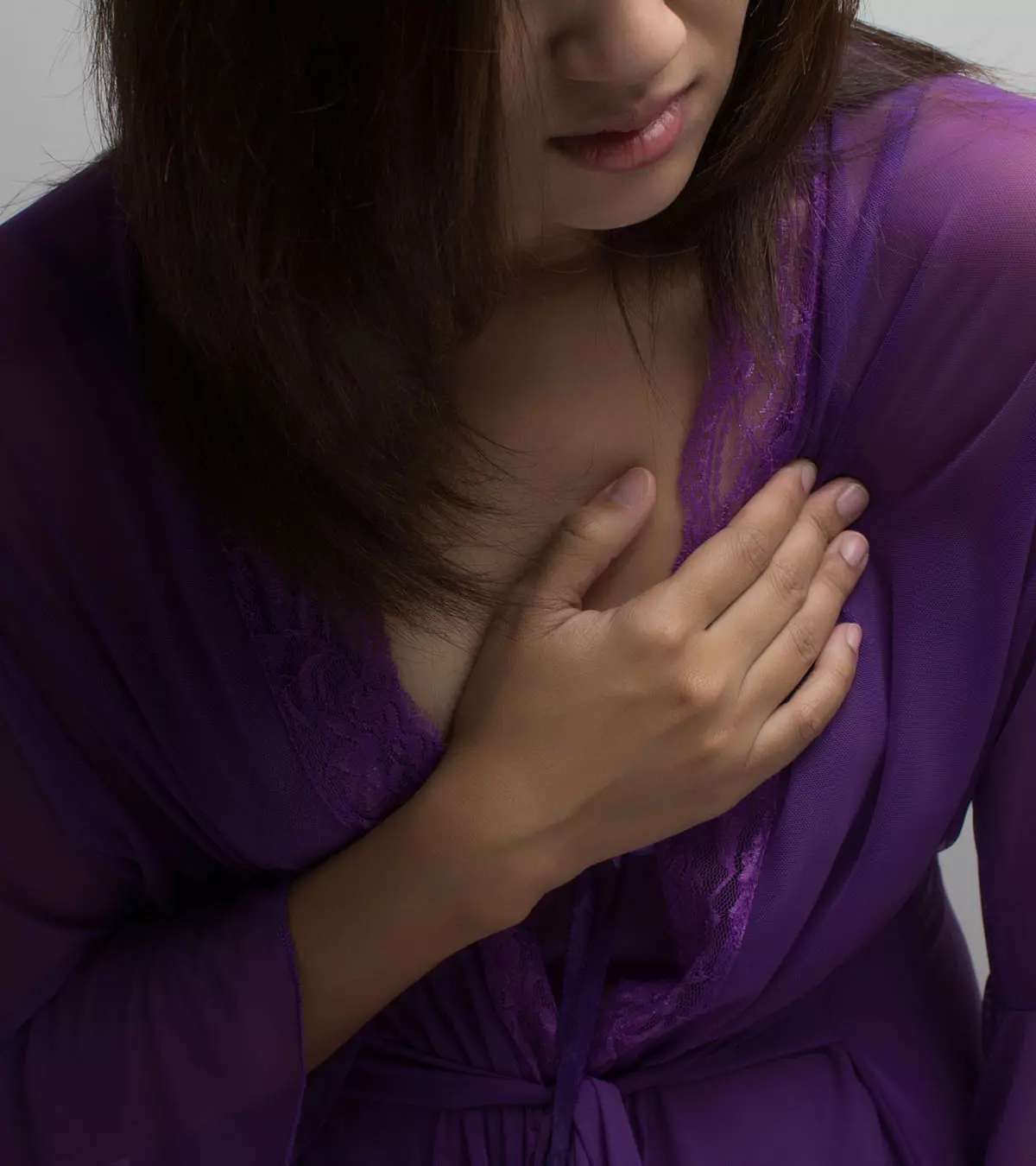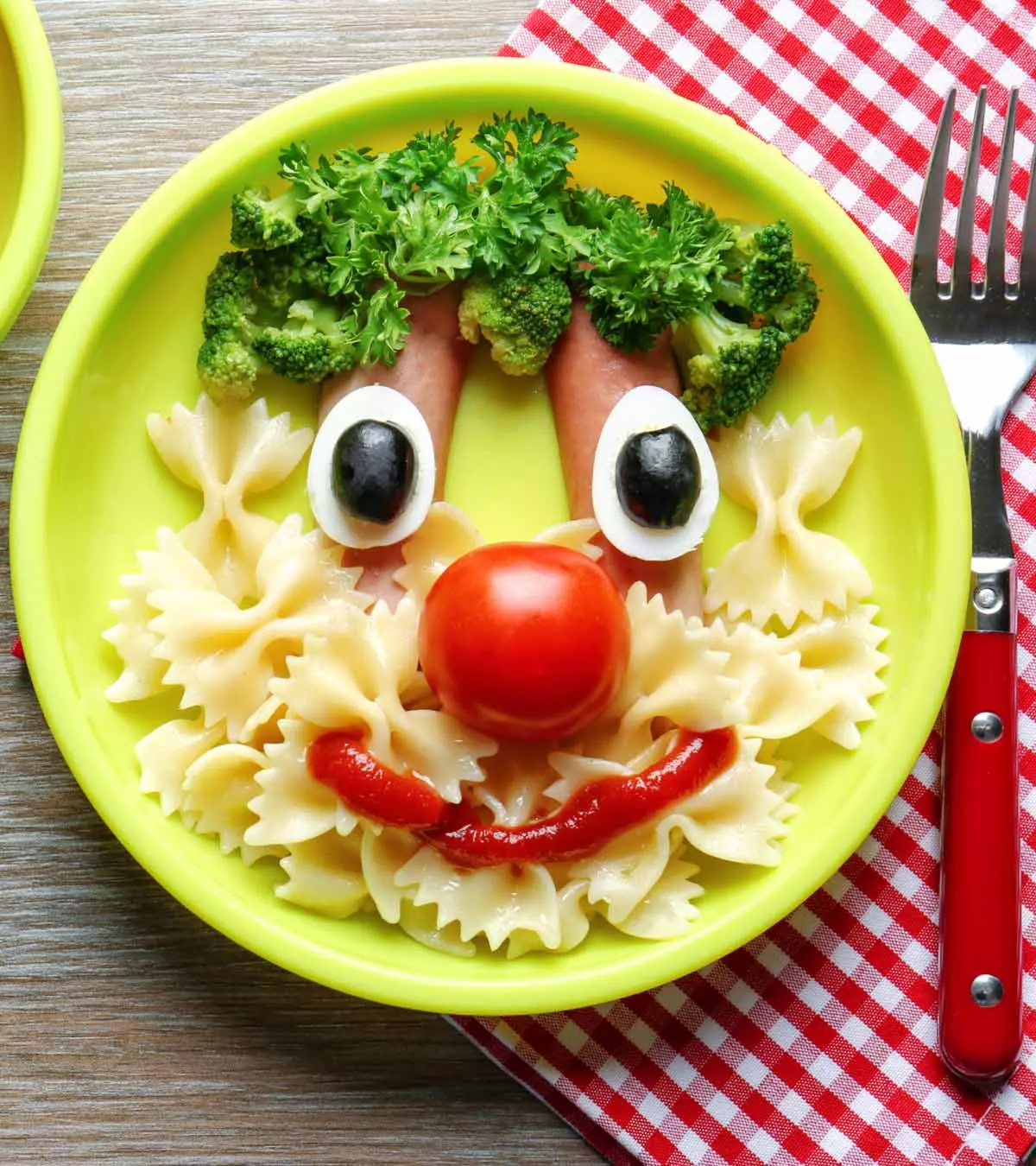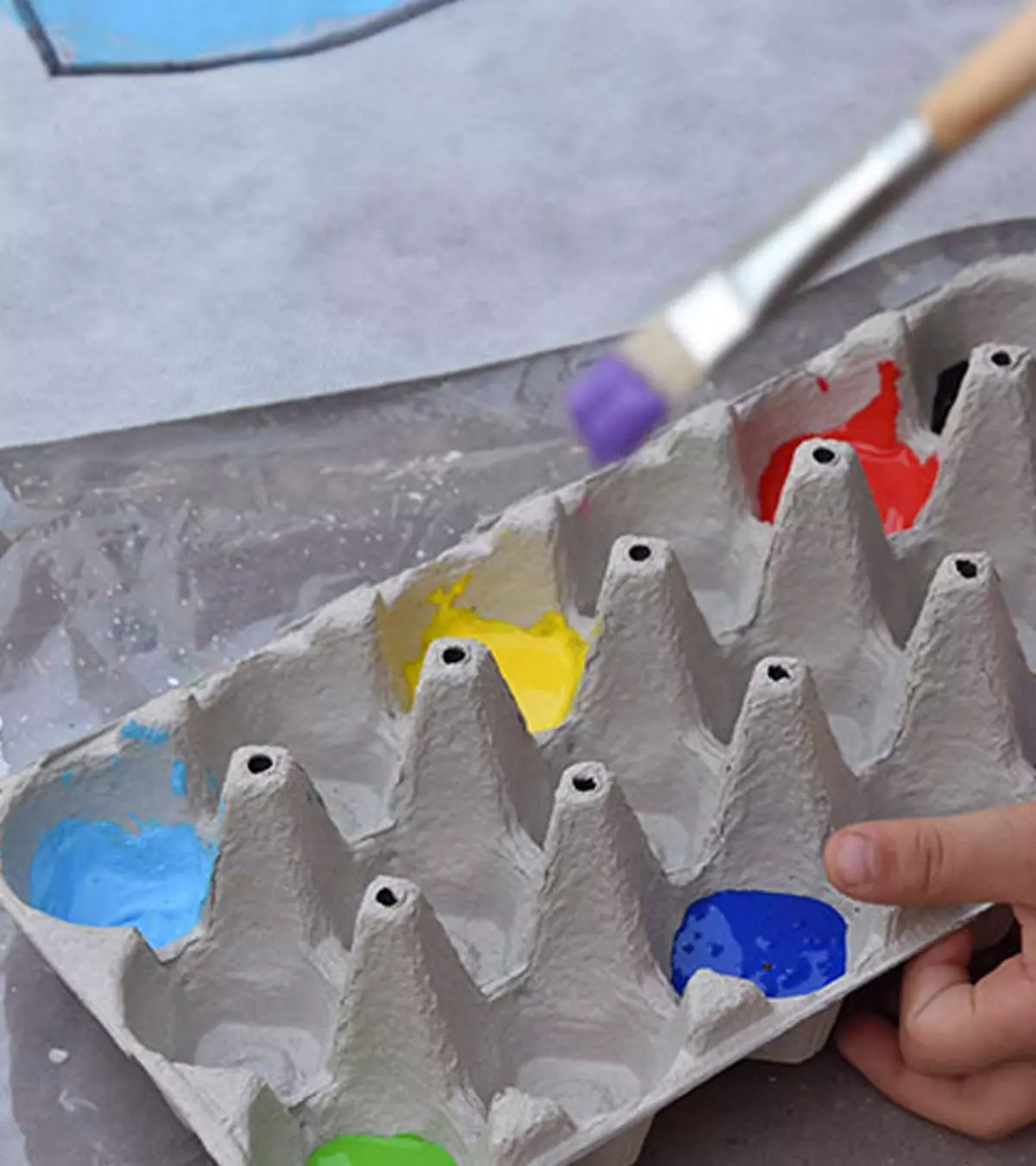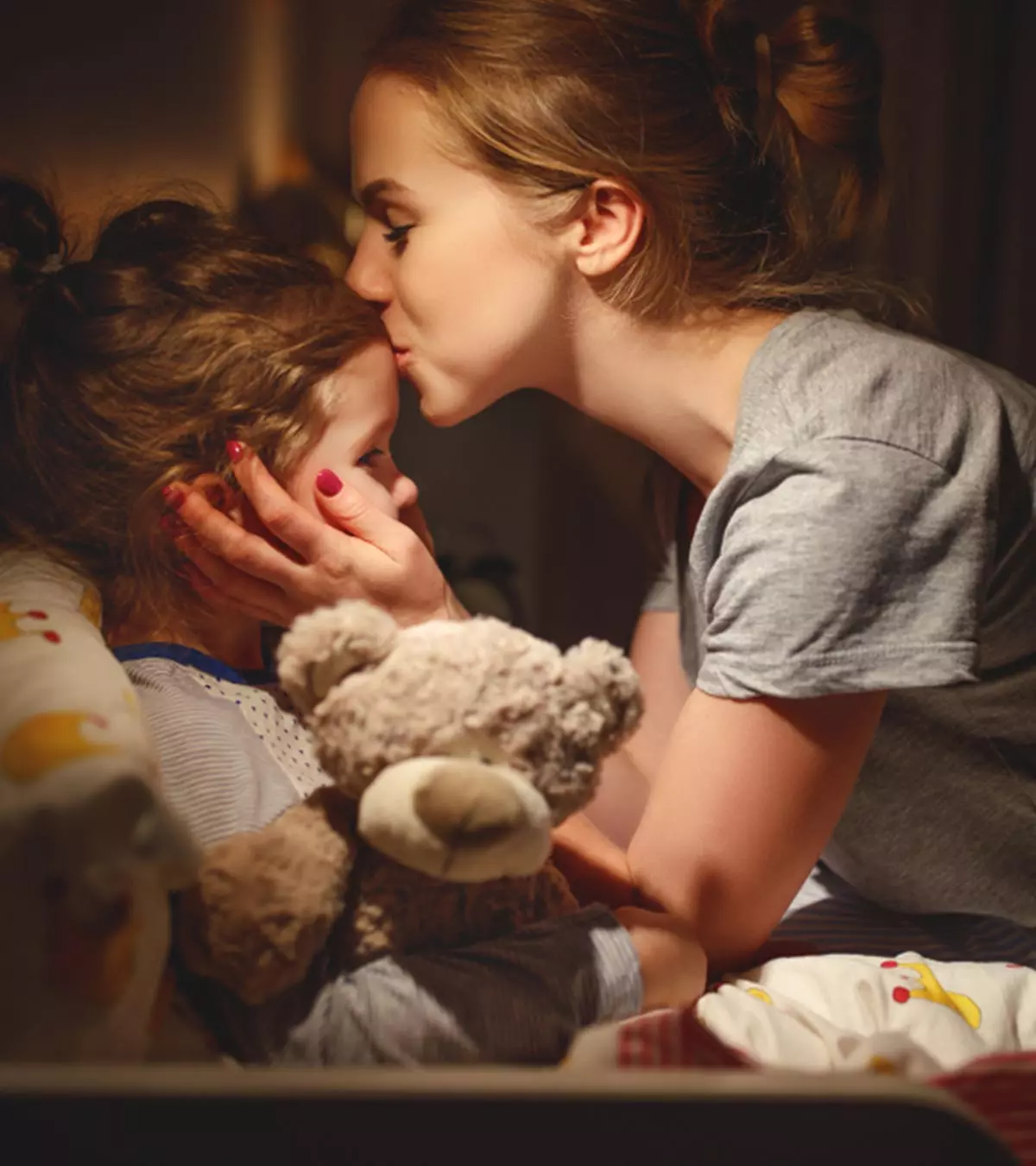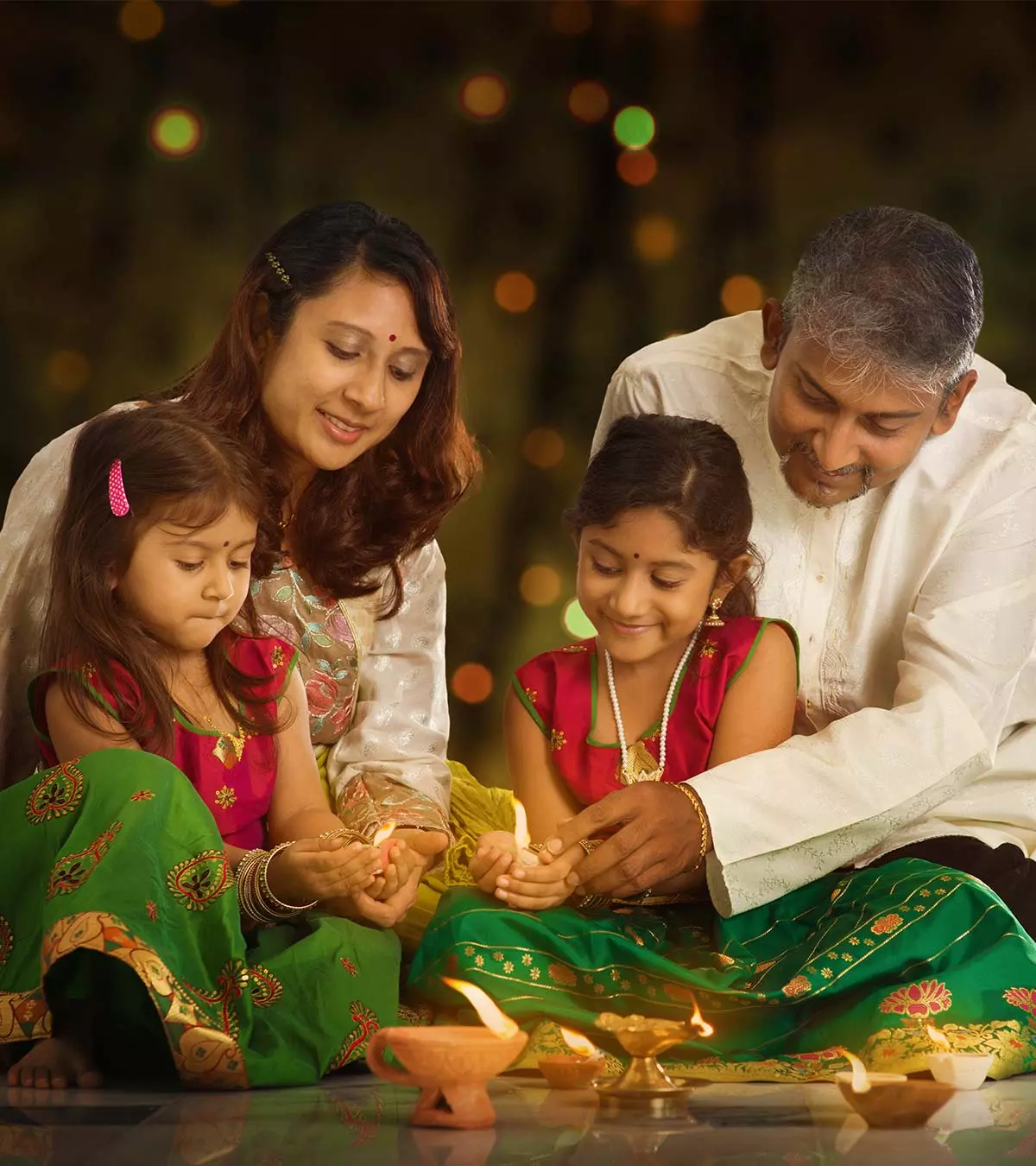

Image: Shutterstock
The fun and frolic around the festival of lights make it everyone’s favorite time of the year. Kids love each part of celebrating it and are always eager to know more about it. In this post, we present to you the history of Diwali for kids. So this time, make your celebrations even more special by sharing the history behind celebrating the occasion. Kids are always curious, and this will help you answer all their questions about the festival. Moreover, it can also be a family bonding time where all the family members can spend some fun time together. Read on to learn more about Diwali and narrate the story of the festival to your kids.
Diwali For Children – An Overview
While Diwali isn’t just for the kids, the word Diwali comes from the Sanskrit word “Deepavali”, which means ‘a row of lamps.’ The festival is calculated according to the lunar Hindu calendar. Diwali usually takes place on the 15th day of the Hindu month of Kartika. It is a five-day celebration and each day holds a special significance. Here are some diwali festival facts for kids:
- Day 1 is Dhanteras, which marks the start of the financial year.
- Day 2 is Naraka Chaturdasi, which celebrates the vanquishing of Naraka.
- Day 3 is Amavasyawhen the devotees worship Goddess Lakshmi.
- Day 4 is Diwali, the Hindu New Year and Kartika Shudola Padyani, which celebrates Bali’s acquisition of the new kingdom.
- Day 5 is Yama Dvityaor Bhaiya Dooj. It is the day when sisters worship their brothers.
History Of Diwali For Kids
Diwali is the time to enjoy delicious food, spend time with family and light bright lamps. It has been celebrated in India and other parts of the world for thousands of years. But do you know how and when this festival originated? The history of Diwali is as old as the history of our nation, India. Not just one, but many different events led to the origin of this festival.
The most well-known story behind Diwali is in the Indian epic Ramayana. According to the Ramayana, Diwali commemorates the return of Rama and Sita from the exile. Lord Rama was banished by his father, King Dasharatha for 14 years. So Lord Rama went on the exile along with his wife Sita and brother Lakshmana. They were leading a happy and stress-free life in the forest until Ravana, the demon king of Lanka abducted Sita. He took Sita to his island, but Rama fought and killed Ravana and rescued Sita. He returned to Ajodhya after 14 years. The people of Ayodhya were euphoric seeing their beloved prince return. To celebrate Rama’s homecoming, the people of Ayodhya burst crackers, lit their houses with earthen lamps and decorated the city in a grand way. Thus, began the tradition of Diwali.
Another renowned story related Diwali is narrated in the Mahabharata. The epic tells us how Pandavas, the five royal brothers suffered a defeat in a game of dice by their brothers, the Kauravas. As a rule imposed by the Kauravas, the Pandavas had to serve 13 years in exile. They returned to Hastinapur on ‘Kartik Amavasya’. To celebrate the joyous occasion, the people of Hastinapur illuminated the state with bright, earthen lamps. The tradition is kept alive even today.
The other story of Diwali is associated Goddess Lakshmi. It is believed that on this day, Lakshmi, the Goddess of prosperity rose from the ocean. According to the Hindu scriptures, long time ago, both Gods and Demons were mortal. They would die some time or the other, just like ordinary human beings. But they wanted to be immortal, so they churned the ocean to seek Amrit, the nectar of immortality. During churning, many objects came up; the prime among these was Goddess Lakshmi, the daughter of the king of the ocean. She arose on the ‘amavasya’ (new moon day) of Kartik. The same night Lord Vishnu married her. Rows of lamps were illuminated to mark the occasion. This event is believed to have given rise to Diwali. Even today, Hindus celebrate the birth of Goddess Lakshmi and her union with Vishnu on the day of Diwali.
Diwali Customs And Traditions
Diwali is celebrated by almost everyone living in India, but the traditions and customs followed may differ. After all, India is a land of diversity, and minor distinction in celebration is obvious. No matter what form the festival may take, the celebration is uniform throughout the nation.
1. Lighting Diyas:
A vital tradition associated with the celebration of Diwali is the lighting ghee or oil lamps. But did you know that lightning of diyas has a symbolic connotation? Lighting the lamps and candles means removing darkness from the world. Another symbolism is that Diwali falls on a non-moon night. So the lights help Goddess Lakshmi find her way into her devotees’ homes.
2. Lakshmi Puja:
But Diwali is not just about lighting oil lamps or diyas. Yes, lamps and lightings do rule the festival, but there are many other traditions and customs associated with it. One of the most significant traditions of Diwali is performing Lakshmi Puja. Hindus believe the performing Lakshmi Puja would bless them with prosperity and wealth. Thus, the Lakshmi Puja occurs on the evening of Diwali in all homes, and every member seeks her blessings.
3. Cattle Worshipping:
Another tradition observed in some of the villages is cattle worship by farmers. As per the tradition, farmers worship their cattle. Cattle are the primary source of wealth for the farmers and are considered equal to God. In Southern India, cows are considered as an incarnation of Goddess Lakshmi and are worshiped on the day of Diwali.
4. Rangoli:
Making rangoli
is a tradition duly related with Diwali. The word “rangoli” refers to the decorative design prepared with the help of colors. Usually, flour, colored rice, sand, flower petals and colors are used for making Rangoli. During Diwali, people clean the houses and decorate their entrances and courtyards with torans and colorful Rangolis.
5. Bursting Crackers:
Diwali is incomplete without bursting crackers. And even fireworks carry significance. Bursting the crackers keep the evil spirits away from the home. People also refrain from drinking alcohol and eating meat to honor the divine spirit entering the house. If you don’t believe in bursting crackers, and would want your children to follow suit, then plan some diwali activities for your little one.
Important Safety Tips For Your Kids During Diwali
Diwali is the festival of lights, but today the festival has become more about fireworks and noise than simply light. You can never be too sure about your kids’ safety because well kids will be kids. While we are sure you are already aware of most of the dos and don’ts, here is a quick recap about diwali safety tips for kids that will make Diwali a safe and happy occasion for them:
- Always ensure that you or a responsible adult is present when your kids want to play with fireworks.
- Before you let them play with the fireworks, fill up a few buckets of water and keep them around the place where you plan to light the same. Also, show your kids and other family members where you have kept the water, so that in case of an emergency, everyone knows that there is water present nearby.
- Keep a box of first aid supplies near the water buckets. Make sure you have a burn ointment, an antiseptic ointment or even a tube of toothpaste in it.
- Your kids should wear only cotton clothes while coming out to watch or light fireworks, crackers or even if they plan to help you with lighting the candles. Make sure that the clothes are well-fitted and not loose, and that there are no loose or free-flowing ends, such as dupattas or stoles. For footwear, your kids should only wear closed footwear that will fully cover their heels and toes. If your kids wear open footwear such as sandals or floaters, they can have the risk of some fire trails escaping and hurting their feet.
- Before lighting the fireworks, do a thorough check of the area to make sure that there are no flammable materials lying nearby. Also, place the boxes of fireworks a little distance away and light the fireworks in a different direction.
- Do not allow your kids to light the fireworks, and even if someone else has lit the firework, make sure that your kids are at a safe distance. Sometimes, your kids may want to go near a firework after someone has lit it, to see if it is lit properly. Make sure you do not let them do so.
- Never let your kids light any crackers, even if they are the supposedly simple and safe kind. Your kids should, as a rule, not handle fire or matchsticks.
- As a rule, make sure that your kids know that all fireworks have to be lit outside the house on the road, not in a garden or near plants.
- If you are lighting crackers and fireworks such as chakrhis (spinning wheels)and anaar (flower pots), make sure you first place them on an even and flat surface before you light them.
- Even if you are lighting the fireworks, make sure that your kids do not come near and try to bend and see what you are doing. The fireworks can suddenly go off, or you may not notice that they have crept up beside you, which can lead to a push and fall.
Diwali is known as the festival of lights and is also a celebration of good over evil. You can make rangoli with them or light the diya while decorating the house and share stories about how you used to celebrate Diwali when you were young. You can also play exciting games with other family members and share interesting facts about Diwali with kids. But ensure that you keep your child at a safe distance while playing with fireworks and always keep an eye on them.
Community Experiences
Join the conversation and become a part of our nurturing community! Share your stories, experiences, and insights to connect with fellow parents.
Read full bio of Debolina Raja


